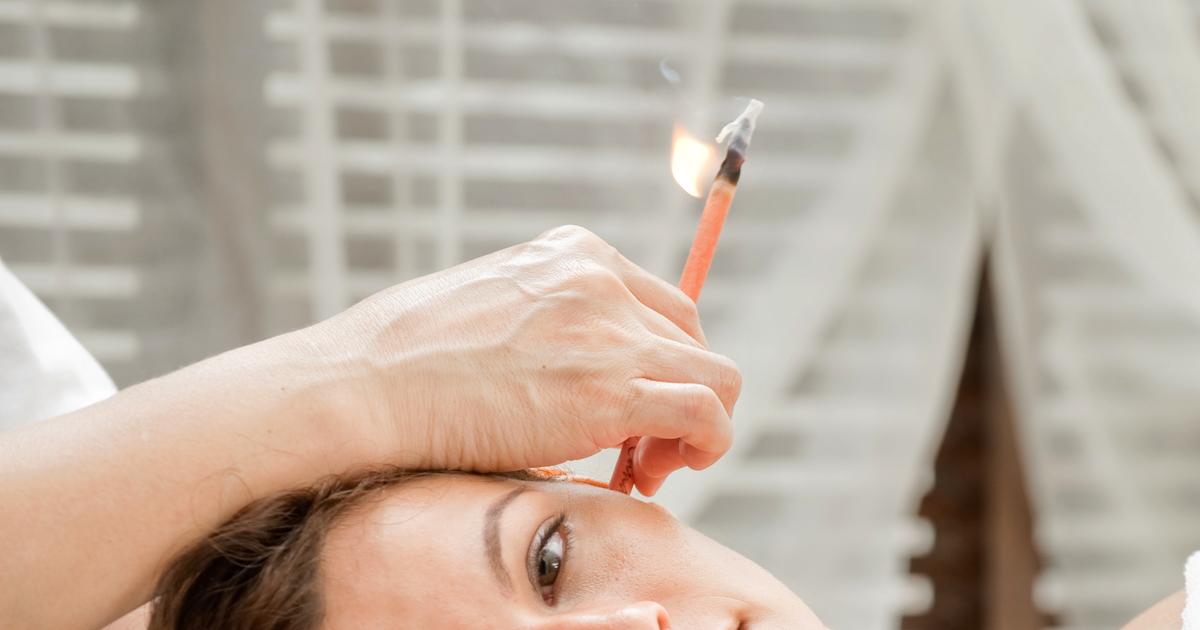Health Risks And Side Effects Of Ear Candling
Blocking The Eardrum With Candlewax

Blocking the eardrum with candlewax is one of the most frequently observed risks linked to ear candling. As the candle melts, the wax may clog the ear canal, and this could cause damage to the eardrum and inner ear. Patients who have candle wax blocking their ear canal typically experience hearing loss on the affected side, and they may also have a coating of ash on the eardrum itself. Even very small amounts of candle wax are known to cause blockages if they drip into the ear canal. Patients may not realize this has occurred until they notice hearing problems, pain, or a sensation of fullness in the ears a few days later. Although earwax can sometimes be removed through an ear syringing procedure carried out by a primary care physician, accumulations of candle wax inside the ear cannot be removed in this way. Instead, these types of blockages must be removed with specialized equipment, normally in an emergency room or an ear specialist's office.
Learn more about the major side effects of ear candling now.
